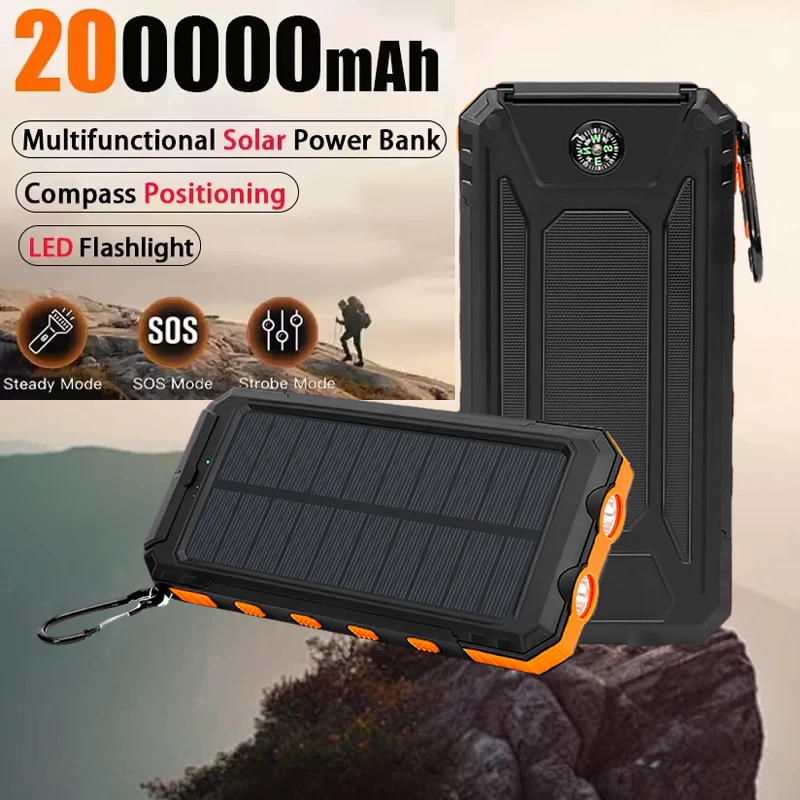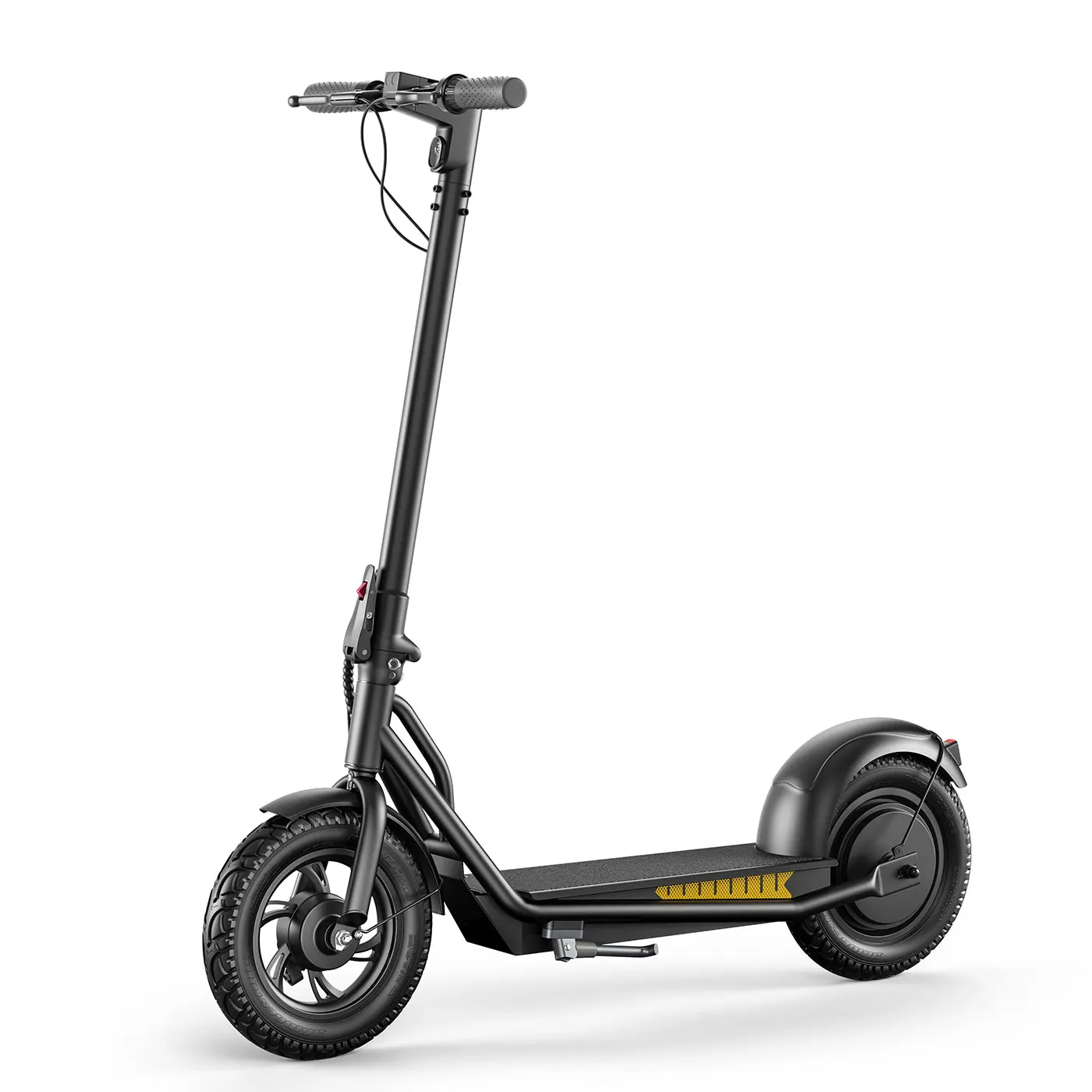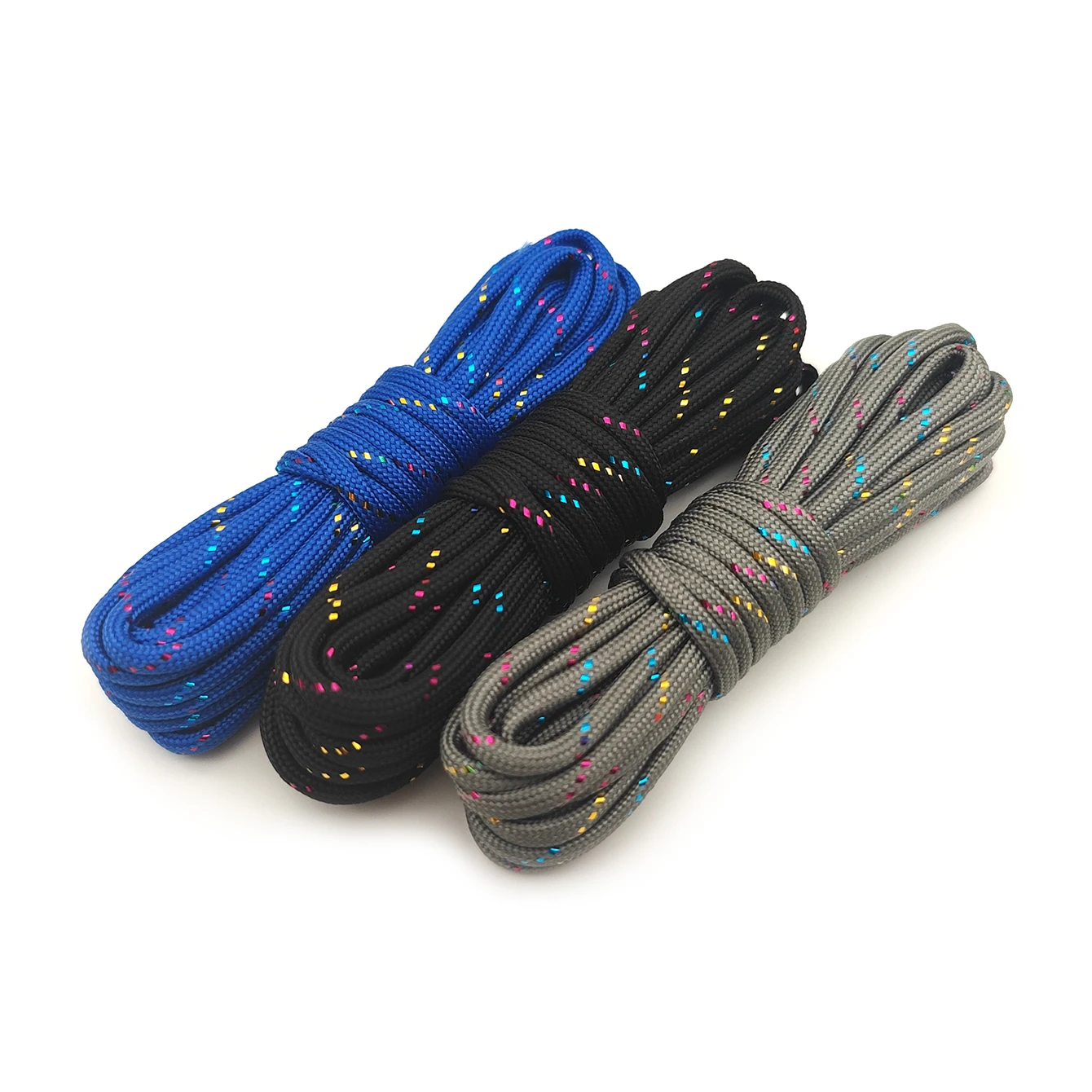Under X Pounds: Top 10 Lightweight Backpacking Tents for Solo Hikers
There’s nothing quite like the feeling of solitude in the wilderness. Just you, your gear, and the open trail. But let’s be real, lugging around a bulky, heavy tent can seriously dampen that sense of freedom. That’s where lightweight backpacking tents come in – especially for solo hikers like us.
Choosing the right tent can make or break your trip, so finding that sweet spot between weight, durability, and comfort is key. We’ve scoured the market to bring you the top 10 lightweight backpacking tents perfect for solo adventures. Ready to lighten your load? Let’s jump in!
Why Go Lightweight? The Solo Hiker’s Dilemma
So, why all the fuss about lightweight gear? Well, when you’re tackling the trail alone, every ounce counts. Imagine carrying an extra five pounds on your back for days. That’s less energy for those stunning vistas and more strain on your joints. No thanks!
Think of it like this: a lightweight tent is like having a smaller mortgage. It frees up resources (your energy!) that you can invest in other awesome things—like extra snacks, a better camera, or maybe even a ridiculously comfy camp chair. Choosing a lightweight tent can significantly enhance your backpacking experience from energy conservation to enjoying the hike and getting more out of your money.
Lightweight tents are not just about shedding pounds, they’re about enhancing mobility and enjoyment. Reduced weight means increased agility, allowing solo hikers to cover more ground, tackle challenging terrains, and immerse themselves more fully in the natural surroundings. It’s about minimizing physical strain and maximizing the joy of exploration. Consider it an investment in your comfort and well-being on the trail.
What to Look For: Key Features in a Solo Tent
Alright, so you’re sold on the idea of a lightweight tent. But what exactly should you be looking for? Here’s the lowdown:
- Weight: Obviously! The ideal weight will depend on your personal preferences and the type of trips you typically take. But generally, anything under 3 pounds is considered pretty darn good for a solo tent.
- Livability: Just because it’s lightweight doesn’t mean it should feel like a coffin. Look for a tent with enough headroom to sit up comfortably and some vestibule space for storing your gear.
- Weather Resistance: This is crucial. Make sure the tent can handle wind, rain, and maybe even a bit of snow, depending on the season and location.
- Durability: Lightweight materials are great, but they shouldn’t sacrifice durability. Check the denier of the fabrics (higher denier generally means more durable) and read reviews to see how the tent holds up over time.
- Ease of Setup: When you’re tired after a long day of hiking, the last thing you want is to wrestle with a complicated tent. Look for a tent that’s easy to pitch, even in the dark.
The Contenders: Our Top 10 Lightweight Backpacking Tents
Okay, let’s get to the good stuff! Here are our top picks for lightweight backpacking tents, perfect for solo adventurers:
1. Big Agnes Copper Spur HV UL1
The Copper Spur HV UL1 is a classic for a reason. It’s incredibly lightweight, surprisingly roomy, and built to last. Big Agnes knocks it out of the park again with this tent and their commitment to quality craftsmanship.
- Weight: ~2 lbs 2 oz
- What Makes it Great: Excellent balance of weight and space, durable materials, easy setup.
- Potential Downsides: Pricey.
2. MSR Hubba Hubba NX
Don’t let the “Hubba Hubba” name fool you, this isn’t just for couples! The Hubba Hubba NX is a super versatile tent that can be used solo or with a partner. It’s a bit heavier than some of the other options on this list, but the added space and durability are worth it for many hikers.
- Weight: ~3 lbs 7 oz
- What Makes it Great: Spacious, durable, freestanding design.
- Potential Downsides: Heavier than some ultralight options.
3. Zpacks Duplex Flex
For the true ultralight enthusiasts, the Zpacks Duplex Flex is a game-changer. This tent uses trekking poles for support, which helps to shave off even more weight. It’s also incredibly spacious for a solo tent.
- Weight: ~1 lb 7 oz
- What Makes it Great: Super lightweight, spacious, excellent ventilation.
- Potential Downsides: Requires trekking poles for setup, can be drafty in cold weather, expensive.
4. NEMO Hornet Elite 1P
The NEMO Hornet Elite is another great option for those looking to shed every possible ounce. It’s incredibly light and packs down tiny, making it perfect for minimalist backpacking trips.
- Weight: ~1 lb 11 oz
- What Makes it Great: Extremely lightweight, packs down small.
- Potential Downsides: Less durable than some other options, can feel cramped.
5. Sea to Summit Telos TR1
This tent is designed for comfort without compromising on weight. Known for its Tension Relief design, this tent maximizes interior space and increases airflow, making it a great choice for warmer climates.
- Weight: ~2 lbs 1 oz
- What Makes it Great: Spacious for its weight, stands up to rugged terrain.
- Potential Downsides: Higher price point
6. Durston X-Mid 1 Solid
This tent is a favorite for its intuitive setup and excellent weather protection. The Durston X-Mid 1 is a great choice for hikers looking for a reliable shelter that doesn’t skimp on space or durability.
- Weight: ~2 lbs
- What Makes it Great: Excellent weather resistance, easy to pitch, good value.
- Potential Downsides: Requires trekking poles for setup.
7. Six Moon Designs Lunar Solo
If you’re on a budget but still want a lightweight option, the Six Moon Designs Lunar Solo is an excellent choice. It’s a single-wall tent that’s surprisingly spacious and weather-resistant.
- Weight: ~1 lb 10 oz
- What Makes it Great: Affordable, lightweight, spacious.
- Potential Downsides: Single-wall design can lead to condensation, requires trekking poles for setup.
8. REI Co-op Quarter Dome SL 1
This tent is often lauded for its balance of livability and weight, the REI Co-op Quarter Dome SL 1 delivers both without breaking the bank. A solid pick for new and seasoned backpackers.
- Weight: ~2 lbs 3 oz
- What Makes it Great: Excellent balance between value and quality.
- Potential Downsides: Not the absolute lightest on the market.
9. Tarptent Notch Li
The Tarptent Notch Li is an ultralight option that packs a punch with its robust design and features. Ideal for those needing a reliable and exceptionally light shelter, this tent utilizes a unique setup.
- Weight: ~1 lb 2 oz
- What Makes it Great: Super lightweight, durable, excellent ventilation.
- Potential Downsides: Requires some practice to set up perfectly.
10. Gossamer Gear The One
Designed with simplicity and efficiency, The One meets the needs of hikers looking to minimize weight without sacrificing essential protection. It’s an excellent choice for gram counters.
- Weight: ~1 lb
- What Makes it Great: Incredibly minimal weight, robust construction.
- Potential Downsides: Can feel a bit cramped for some users.
Making the Call: How to Choose Your Perfect Tent
So, you’ve seen the contenders. Now, how do you choose the right one for you?
It really boils down to a few key things and you’ve got to ask yourself the hard questions: prioritize weather resistance, a lighter pack, or saving money? Don’t just go for the lightest option if you mainly camp in stormy areas!
Here’s a quick checklist to help you decide:
- Consider Your Budget: Lightweight tents can range from relatively affordable to eye-wateringly expensive. Set a budget and stick to it.
- Think About Your Typical Trips: Where do you usually hike? What kind of weather do you typically encounter? Choose a tent that’s appropriate for your needs.
- Read Reviews: See what other hikers have to say about the tent’s performance in real-world conditions.
- Try Before You Buy: If possible, set up the tent in your backyard or a local park before taking it on the trail. This will give you a chance to familiarize yourself with the setup and make sure it’s a good fit.
Take your time, do your research, and don’t be afraid to ask questions. The perfect lightweight backpacking tent is out there – you just have to find it!
REI Backpacking Checklist – Check out some of these great guides before you go!
But Wait, There’s More! Bonus Tips for Lightweight Backpacking
Okay, so you’ve got your tent sorted. But there’s more to lightweight backpacking than just the tent! Here are a few bonus tips to help you lighten your load even further:
- Pack Smart: Lay out all your gear and ask yourself, “Do I really need this?” Be ruthless!
- Choose Lightweight Gear: From your sleeping bag to your cookset, there are tons of lightweight options available.
- Multi-Use Items: Look for items that can serve multiple purposes. For example, a bandana can be used as a towel, a headband, or even a water filter in a pinch.
- Consider a Tarp or Bivy Sack: For ultralight trips in good weather, you might even consider ditching the tent altogether and using a tarp or bivy sack. Just be sure to practice using them before you head out into the wilderness.
Remember, lightweight backpacking is all about finding the right balance between comfort, safety, and weight. With a little planning and the right gear, you can enjoy the freedom of the trail without breaking your back. Happy trails!
National Park Service Backpacking Tips – More backpacking tips here
Maintaining Your Tent: Longevity Tips
Bought that perfect tent? Awesome! Now, let’s keep it ticking for years. Proper care is surprisingly straightforward, but often overlooked. You know, things like not storing it damp (major mold risk!), wiping off dirt after each trip, and sealing seams annually can extend its lifespan dramatically.
Treat your tent like a good pair of hiking boots—a little maintenance goes a long way. This not only ensures its performance on the trail but also protects your investment. After all, a well-maintained tent is a happy tent, and a happy tent means a happy camper.
Understanding Tent Materials: A Quick Guide
Ever wondered what those fancy terms like “ripstop nylon” or “silnylon” actually mean? Let’s break it down. Tent materials dictate everything about your tent’s durability, weight, and weather resistance. Ripstop nylon, for example, has a special weaving technique that stops small tears from becoming big problems. Silnylon (silicone-coated nylon) is super waterproof and lightweight but can stretch when wet.
Polyester is another common material, known for its UV resistance and affordability. Understanding these materials helps you make informed decisions, ensuring your tent can handle the conditions you expect to face. It’s all about matching the right material to your specific needs and adventures.
Seasonal Camping: Adapting Your Tent Choice
Different seasons demand different tents. Obvious, right? But too often, folks use the same tent year-round, and that’s a bummer. A lightweight, airy tent might be perfect for summer but totally inadequate for winter’s harsh conditions. In winter, you need something robust enough to withstand heavy snow and strong winds, ideally with less mesh to retain heat.
In summer, prioritize ventilation to avoid condensation and overheating. Shoulder seasons require a balance of both. Adjusting your tent choice to the season not only enhances comfort but also ensures your safety and extends the life of your gear. Smart camping is all about being prepared.
Gear Repair on the Go: Quick Fixes
Things break. Zippers jam, poles bend, fabric tears – it’s all part of the adventure. Knowing basic gear repair techniques can be a lifesaver on the trail. Carry a small repair kit with items like seam grip, needle and thread, cordage, and duct tape (yes, duct tape is a must!).
Learn how to patch a tear, replace a broken zipper pull, and mend a bent tent pole. YouTube is your friend here—plenty of tutorials available. Being able to fix your gear on the fly means you can continue your journey without major setbacks, and that’s empowering.
The Philosophical Angle: Solo Camping and Self-Reliance
Solo camping isn’t just about being alone in nature; it’s about self-reliance and personal growth. It tests your problem-solving skills, builds confidence, and fosters a deep appreciation for the wilderness. The right tent becomes more than just shelter; it’s a basecamp for self-discovery.
It’s a place where you can reflect on your experiences, plan your next move, and recharge your spirit. Choosing a tent that you trust and that meets your needs becomes an integral part of this process. After all, your tent is your home away from home, and in the wilderness, that’s no small thing.
Tent Footprints: Why They Matter
A tent footprint – that extra layer of material that goes under your tent – might seem like an unnecessary add-on, but trust me, it can significantly extend the life of your tent. It protects the tent floor from abrasion, punctures, and moisture from the ground.
Think of it like a screen protector for your phone; it absorbs the wear and tear, so your tent doesn’t have to. Using a footprint also makes cleaning easier and can prevent the tent floor from getting sticky or damaged. It’s a cheap insurance policy that keeps your tent in top shape for many adventures to come.
Ventilation Strategies: Combatting Condensation
Condensation: the bane of every camper’s existence. It’s that pesky moisture that builds up inside your tent, leaving everything damp and uncomfortable. The good news is, you can combat it with proper ventilation strategies. Open vents, create airflow by partially opening doors, and pitch your tent in a spot that catches the breeze.
Also, avoid drying wet clothes inside the tent, as this adds moisture to the air. Some tents are designed with better ventilation features, such as multiple vents or high-low venting systems. Understanding and implementing these strategies can make a huge difference in your camping comfort, keeping you dry and happy.
Backpacking Tent Setup Tips and Tricks – Video from Youtube with some pro tips
FAQ Section
What is the ideal weight for a solo backpacking tent?
Are single-wall tents a good option for all conditions?
Do I really need a tent footprint?
How important is ventilation in a backpacking tent?
What are the key features to look for in a four-season tent?
Can I use trekking poles to set up a tent if it requires them?
How do I properly store my backpacking tent?
DISCLAIMER
As an AI, I cannot provide definitive safety advice. Backpacking and camping involve inherent risks. Before embarking on any trip, conduct thorough research, plan your route carefully, check weather conditions, and ensure you have the necessary skills, experience, and equipment. Always inform someone of your plans and expected return time. Be aware of wildlife and take appropriate precautions. Your safety is your responsibility.
Categories
- Navigation & Safety (31)
- Shelter & Sleep (33)
Recent Comments
Archives
Top rated products
-
 HEDA TX19 Aluminum Frame 1000w Motor 48v19.2AH Electric Bike Fast Mountain Full Suspension All terrain Off-road Electric Bicycle
Rated 5.00 out of 5$1,816.55 – $1,952.11Price range: $1,816.55 through $1,952.11
HEDA TX19 Aluminum Frame 1000w Motor 48v19.2AH Electric Bike Fast Mountain Full Suspension All terrain Off-road Electric Bicycle
Rated 5.00 out of 5$1,816.55 – $1,952.11Price range: $1,816.55 through $1,952.11 -
 new model 1500W motor ebike,48V 20AH /30AH battery, 26 inch fat tires,e-bike, 9-speed mountain off-road snow electric bicycle
Rated 5.00 out of 5$2,389.02 – $2,524.76Price range: $2,389.02 through $2,524.76
new model 1500W motor ebike,48V 20AH /30AH battery, 26 inch fat tires,e-bike, 9-speed mountain off-road snow electric bicycle
Rated 5.00 out of 5$2,389.02 – $2,524.76Price range: $2,389.02 through $2,524.76 -
 2024 new Kugoo hot selling electric bicycle 48v high power 1200W-3000W 16ah 20ah electric bicycle 55 km/h e mountain bike cyc
Rated 5.00 out of 5$2,131.11 – $2,181.07Price range: $2,131.11 through $2,181.07
2024 new Kugoo hot selling electric bicycle 48v high power 1200W-3000W 16ah 20ah electric bicycle 55 km/h e mountain bike cyc
Rated 5.00 out of 5$2,131.11 – $2,181.07Price range: $2,131.11 through $2,181.07
Product Gallery
-
 SUP water ski, double-layer paddle board, inflatable high-density EVA surfboard, anti slip pad
$135.30 – $155.17Price range: $135.30 through $155.17
SUP water ski, double-layer paddle board, inflatable high-density EVA surfboard, anti slip pad
$135.30 – $155.17Price range: $135.30 through $155.17
-
 In Stock inflatable sup boards paddleboards standup paddle board waterplay surfing Isup Surf board with standard accessories
$445.84 – $453.22Price range: $445.84 through $453.22
In Stock inflatable sup boards paddleboards standup paddle board waterplay surfing Isup Surf board with standard accessories
$445.84 – $453.22Price range: $445.84 through $453.22
-
 Spatium 2-3 Persons Inflatable Kayak Canoe High Strength DropStitch Floor Inflatable Kayak For Fishing
Rated 5.00 out of 5$2,120.05
Spatium 2-3 Persons Inflatable Kayak Canoe High Strength DropStitch Floor Inflatable Kayak For Fishing
Rated 5.00 out of 5$2,120.05


 Camping Gear
Camping Gear Camping Chair
Camping Chair Camping Table
Camping Table Sleeping Bags
Sleeping Bags Camping Bed
Camping Bed Sleeping Gear
Sleeping Gear Camping Trolley
Camping Trolley Storage Bags
Storage Bags BBQ Portable
BBQ Portable Camping Tents
Camping Tents Gazebos
Gazebos Outdoor Cooler
Outdoor Cooler Cookware
Cookware Power
Power Camping Light
Camping Light Flashlight
Flashlight Portable Solar
Portable Solar Power Banks
Power Banks
 Fish Finders
Fish Finders Fishing Bags
Fishing Bags Fishing Jerseys
Fishing Jerseys Fishing Reels
Fishing Reels Fishing Chairs
Fishing Chairs Fishing Bait Boat
Fishing Bait Boat Fishing Floats
Fishing Floats Hard Baits
Hard Baits
 Hiking Vests
Hiking Vests Outdoor Bags
Outdoor Bags Water Filters
Water Filters Paracord
Paracord Walkie Talkie
Walkie Talkie
 Paddleboards
Paddleboards Boats
Boats Sea Scooter
Sea Scooter Accessories
Accessories
 Electric Bike
Electric Bike Electric Scooter
Electric Scooter

















